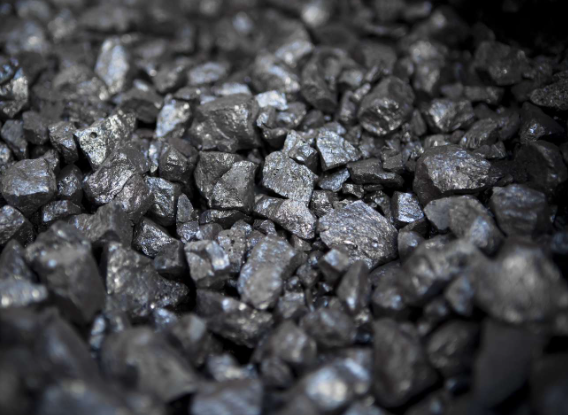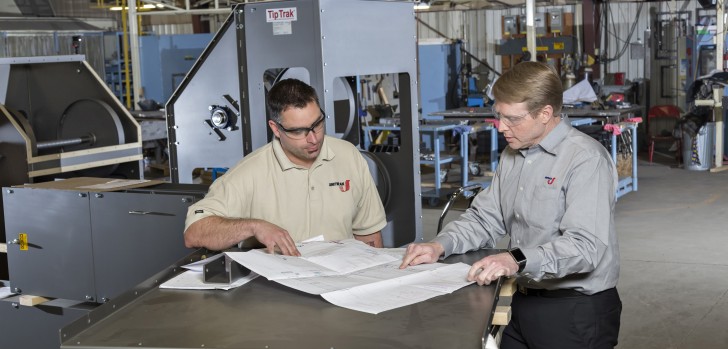Iron
Iron is one of the most abundant elements on Earth and holds significant importance in various industries due to its exceptional properties and versatility. In this article, we delve into the characteristics of iron, its common uses, challenges encountered in bulk material conveying, and the ideal UniTrak equipment for handling iron efficiently.
At a Glance
Iron exhibits several key characteristics that influence its handling and processing:
- Magnetic: Iron is highly magnetic, making it useful in applications where magnetism is required, such as in electric motors and transformers.
- Ductile and Malleable: Iron can be easily shaped and formed into various shapes without breaking, making it suitable for casting and forging processes.
- Corrosion Resistance: While iron is prone to rusting when exposed to moisture and oxygen, certain alloying elements like chromium can enhance its corrosion resistance.
- Heavy: Iron is a dense metal, which affects the handling and transportation of bulk quantities.

Common Uses
Iron finds applications in diverse industries such as construction, automotive, aerospace, and manufacturing. Some common uses include:
- Structural components in buildings and bridges: Iron's strength and durability make it an ideal material for constructing large structures.
- Machinery and equipment: Iron is used to manufacture machinery parts, tools, and equipment due to its toughness and machinability.
- Transportation: Iron is used in the automotive industry for manufacturing vehicle bodies, chassis, and engine components.
- Household appliances: Iron is used in appliances such as refrigerators, ovens, and washing machines due to its magnetic properties.
- Infrastructure: Iron is used in pipelines, rail tracks, and utility poles for infrastructure development.

Challenges in Conveying
Conveying iron in bulk poses several challenges:
- Abrasive Nature: Iron particles can be abrasive, causing wear and tear on conveying equipment over time.
- Dust Generation: Handling iron in powdered form can lead to dust generation, posing health hazards and requiring effective dust control measures.
- Cohesiveness: Fine iron particles may exhibit cohesive behavior, leading to material buildup and flow issues in conveyors.
- Heavy Density: Iron's high density requires robust conveying equipment capable of handling heavy loads efficiently.
Equipment Options
UniTrak, with its deep experience in customized bulk material handling equipment, offers several solutions for handling iron efficiently:
- TipTrak Bucket Elevator: Ideal for vertically conveying iron pellets or granules, the TipTrak's gentle handling ensures minimal degradation and dust generation.
- UniFlex Flexible Screw Conveyor: Suitable for conveying powdered iron, the UniFlex conveyor's enclosed design prevents dust emissions while its flexible screw auger ensures smooth material flow.
- Powderflight Aeromechanical Conveyor: Perfect for conveying abrasive iron fines or pellets, the Powderflight conveyor's robust design withstands abrasive wear and minimizes maintenance requirements.
- Bulk Bag Loader/Unloader: For transporting iron in bulk bags, UniTrak's Bulk Bag Loader/Unloader offers efficient loading and unloading operations, reducing manual handling and improving productivity.
In conclusion, iron is a vital material with diverse applications across industries. However, handling iron in bulk poses challenges such as abrasion, dust generation, and cohesive behavior. UniTrak's range of customized bulk material handling equipment, including the TipTrak, UniFlex, Powderflight, and Bulk Bag Loader/Unloader, provides efficient solutions tailored to the specific requirements of handling iron. With UniTrak's expertise and experience in managing complex materials, customers can trust in reliable and optimized bulk material handling solutions for their iron processing needs.
